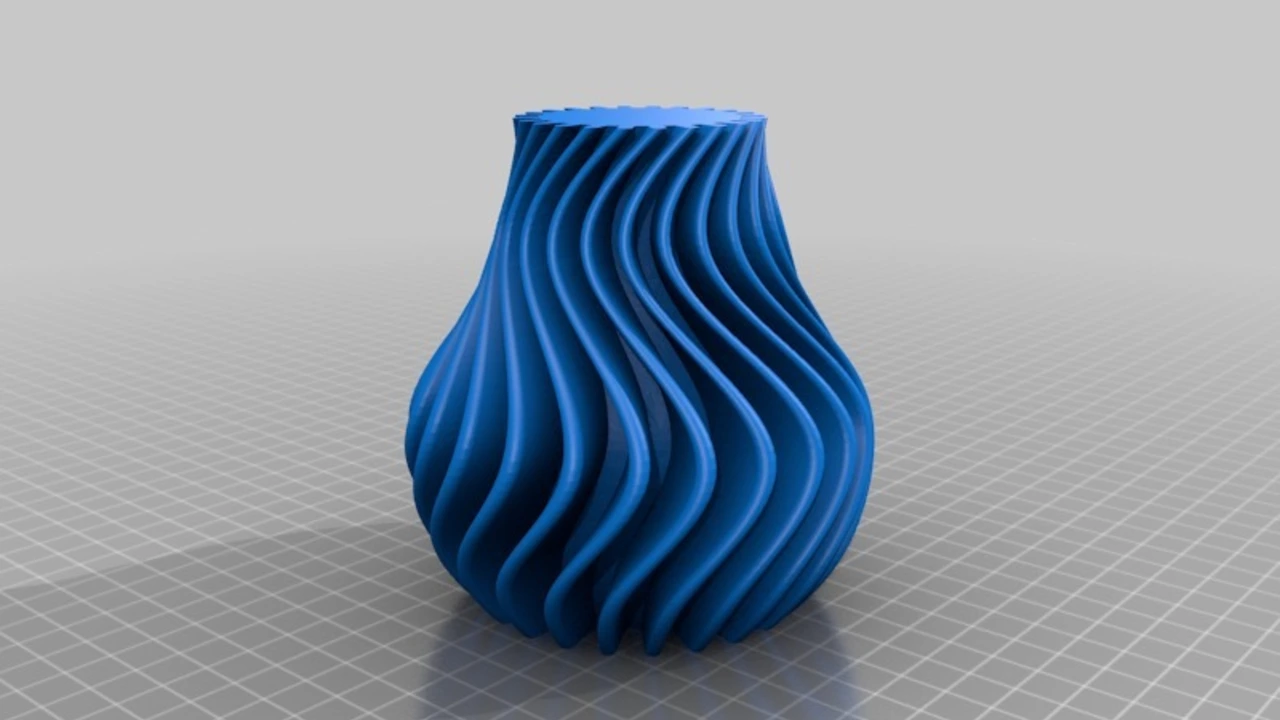Understanding the Basics of 3D Modeling
In this section, we're going to start off by discussing the basics of 3D modeling. It is important to understand the fundamentals of 3D modeling to ensure a smooth process when creating a half cylinder model. We'll be discussing the different software options available, the difference between 2D and 3D modeling, and the importance of having a clear plan before you start your 3D modeling project. It's important to remember that while 3D modeling can seem complex at first, with a little patience and practice, you can create amazing 3D models.
Selecting the Right 3D Modeling Software
Choosing the right 3D modeling software is a crucial step in making a half cylinder model. There are several options available, each with its own set of features and capabilities. Some of the most popular options include Blender, 3D Max, and SketchUp. In this section, we'll discuss the pros and cons of each software to help you make an informed decision. Remember, the best software for you depends on your specific needs and skill level.
Creating a Basic 3D Cylinder
Before we dive into creating a half cylinder, it's important to understand how to make a basic 3D cylinder first. This section will guide you through the step-by-step process of creating a 3D cylinder using your chosen software. We'll also discuss tips and tricks to ensure your 3D cylinder turns out perfectly. Once you've mastered creating a 3D cylinder, you'll be ready to move on to creating a half cylinder.
Modifying the 3D Cylinder into a Half Cylinder
Now that you've created a basic 3D cylinder, it's time to transform it into a half cylinder. This section will take you through the process of modifying your 3D cylinder, focusing on how to cut the cylinder in half. This is where the real fun begins as you see your half cylinder model start to take shape. Remember, patience and precision are key when it comes to 3D modeling.
Adding Details and Textures to Your Half Cylinder Model
Once you have your basic half cylinder model, the next step is to add details and textures. This is what will really make your model come to life. In this section, we'll discuss how to add different textures and details to your half cylinder model, as well as how to ensure these additions enhance the overall look of your model rather than detract from it. Remember, the devil is in the details when it comes to 3D modeling.
Rendering Your Half Cylinder Model
Rendering is the final step in the 3D modeling process. This is where your 3D model is transformed into an image or animation that can be viewed on a computer screen. In this section, we'll discuss the basics of rendering, including how to choose the right rendering settings for your half cylinder model. We'll also discuss common rendering challenges and how to overcome them.
Bringing Your Half Cylinder Model to Life
Finally, we'll discuss how to use your half cylinder model in a real-world context. Whether you're using your model for a video game, a movie, or a virtual reality experience, this section will provide tips and tricks for making the most of your 3D model. We'll also discuss how to optimize your model for different uses, ensuring that your hard work doesn't go to waste.





